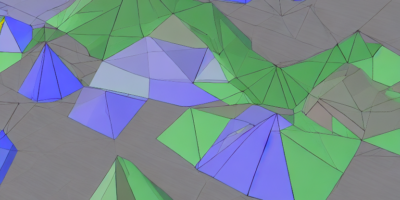
Computer Science, Machine Learning
Bridging the gap between complex scientific research and the curious minds eager to explore it.
Page 28/179
LLaMA-2, the next generation of LLaMA. Meta trained and released LLaMA-2 in three model sizes: 7, 13, and 70 billion parameters. The model architecture remains largely unchanged from that of LLaMA-1 models, but 40% more data was used to train the foundational models. The accompanying preprint also mentions a model with 34B parameters that might be released in the future upon satisfying safety targets.

Computer Science, Machine Learning

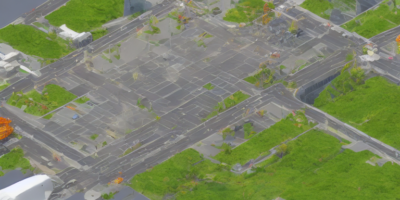
Artificial Intelligence, Computer Science

Electrical Engineering and Systems Science, Image and Video Processing
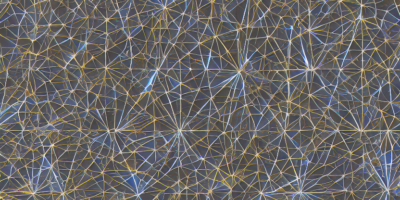
Computer Science, Machine Learning
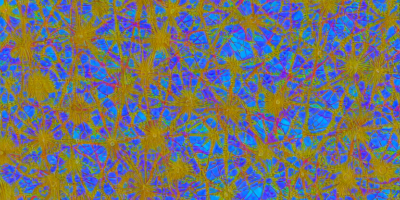
Computer Science, Neural and Evolutionary Computing

Computer Science, Systems and Control
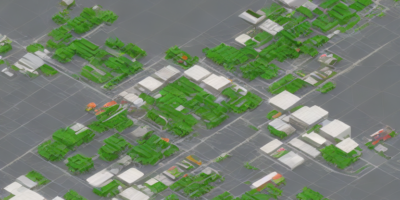
Computer Science, Software Engineering
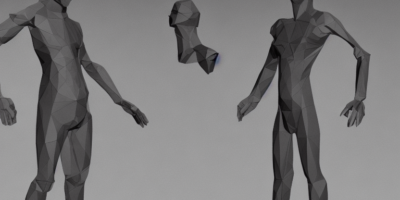
Computer Science, Computer Vision and Pattern Recognition

Computational Complexity, Computer Science
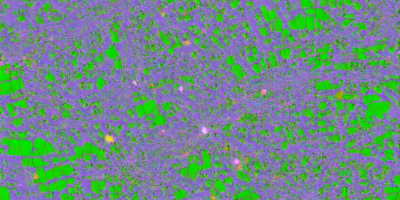
Computer Science, Computer Vision and Pattern Recognition
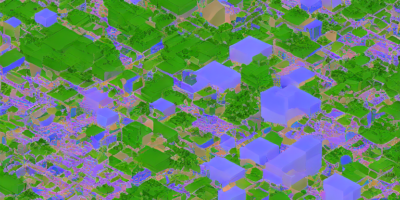
Computer Science, Machine Learning
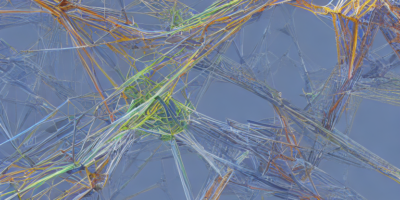
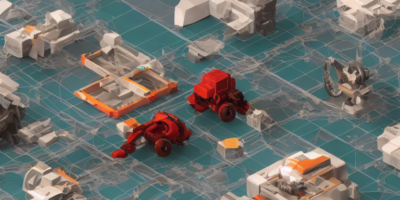
Computer Science, Machine Learning
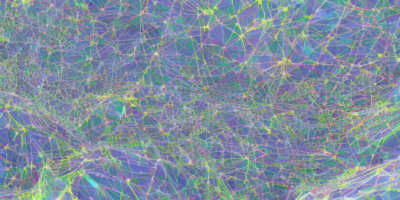
Computer Science, Computer Vision and Pattern Recognition

Computer Science, Machine Learning
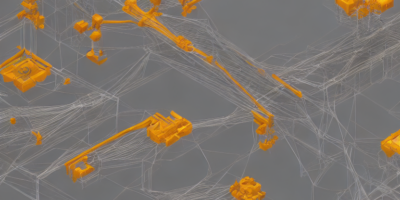
Computer Science, Computer Vision and Pattern Recognition

Electrical Engineering and Systems Science, Signal Processing
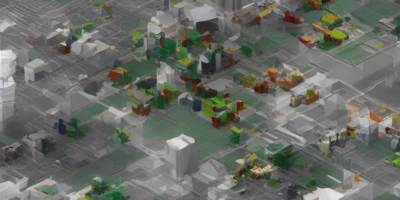

Mathematics, Numerical Analysis